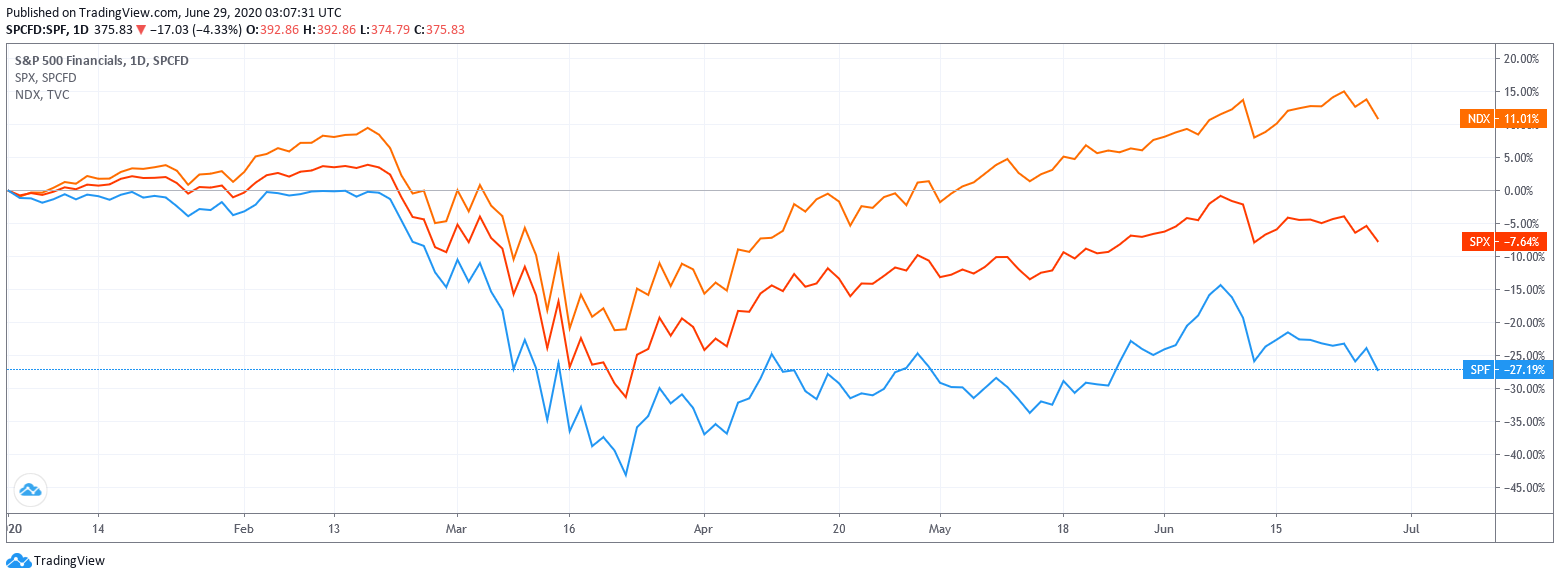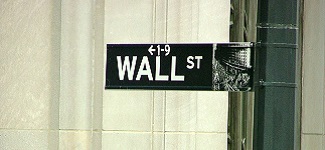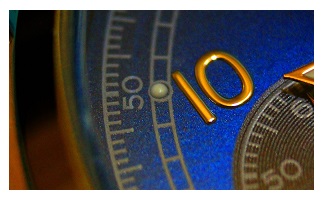To read the news release and access the full report, click here: Federal Reserve Board releases results of stress tests for 2020 and additional sensitivity analyses conducted in light of the coronavirus event
In addition to its normal stress test and to assess the resiliency of 34 large banks, the Fed also ran sensitivity tests under three economic scenarios:
- Sharp V-shaped recession and recovery
- Slower, U-shaped recession and recovery
- W-shaped, double-dip recession
Even under the more prolonged U-shaped and W-shaped recoveries, most banks remained well capitalized with only some approaching minimum capital levels.
Fed Limits Dividends and Stops Share Buybacks
After the stress test results and to insure the stability of the banking sector, the Fed is “requiring large banks to preserve capital by suspending share repurchases, capping dividend payments, and allowing dividends according to a formula based on recent income.”
The largest U.S. banks had already voluntarily suspended share buyback in the second quarter.
For investors looking for dividends, there are concerns with future bank dividends based on the new policies:
- In the third quarter, dividend payments are capped to the amount paid in the second quarter.
- In addition, a bank cannot pay or raise its dividend if the earnings are insufficient. The dividends cannot exceed an amount equal to the average of the bank’s net income for the four preceding calendar quarters.
FIGURE 1: U.S. Banks with Dividend Payouts Over or Near the Maximum Payout Ratio

With the formula for dividend payouts averaging net income from the previous four quarters, Wells Fargo & Company (NYSE: WFC) is at the greatest risk for a dividend cut due to a drastic fall in Net Income last quarter as the company set aside capital for loan losses and, according to Figure 1, is currently exceeding a 100% payout ratio.
On average, U.S. bank stocks are down almost 30% this year while the S&P 500 is down over 7% and the NASDAQ is up over 11%.





